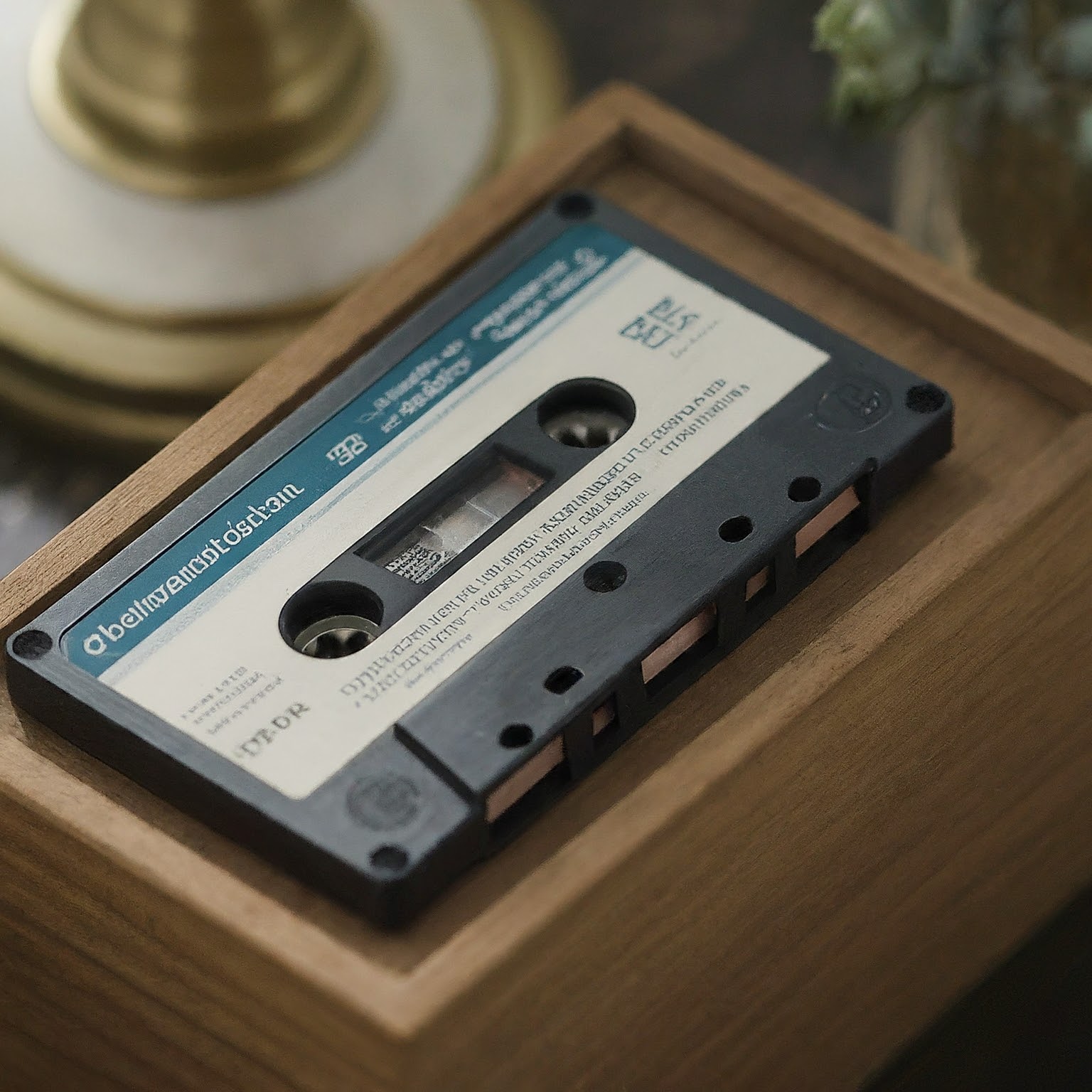In the realm of telecommunication, the answering machine once held a prominent position, bridging the gap between missed calls and successful communication. Its advent marked a pivotal moment in how we interacted with telephones, granting us the ability to receive messages even when unavailable.

The Rise and Fall of the Answering Machine
The answering machine’s genesis can be traced back to the mid-20th century, when inventors like Willy Müller and Valdemar Poulsen laid the groundwork for magnetic recording technologies. However, it wasn’t until the 1970s that the answering machine, as we know it, began to take shape. These early machines, often bulky and expensive, relied on cassette tapes to store messages. Despite their limitations, they quickly gained popularity, offering a welcome solution to the problem of missed calls.
As technology progressed, so too did the answering machine. Microcassettes replaced traditional cassettes, reducing the size and cost of the machines. Digital answering machines emerged, offering enhanced features like remote access and message management. By the 1990s, answering machines had become a ubiquitous presence in homes and offices, revolutionizing the way we communicated.
However, the rise of the answering machine was not without its challenges. The technology faced criticism for its impersonal nature, with many lamenting the loss of direct human interaction. Moreover, the proliferation of telemarketing calls and prank messages led to frustration and annoyance for many users.
Despite these concerns, the answering machine continued to evolve and adapt. Voicemail systems integrated with telephone networks, offering a seamless and convenient way to manage messages. However, the advent of mobile phones and the rise of digital communication technologies marked the beginning of the end for the answering machine. The ability to send and receive text messages, emails, and instant messages rendered the answering machine increasingly obsolete.
By the early 2000s, the answering machine’s popularity had begun to wane. Sales plummeted as consumers embraced the convenience and versatility of mobile phones. The once-essential device gradually faded into obscurity, relegated to the annals of telecommunication history.
Legacy of the Answering Machine
While the answering machine may have been eclipsed by newer technologies, its impact on communication cannot be denied. It paved the way for voicemail systems and other message management tools that remain essential today.
The answering machine also played a significant role in popular culture. Its distinctive sound – the beep, the whir of the tape, the recorded greeting – became instantly recognizable. Countless films and television shows featured answering machines, often using them to advance plotlines or reveal character traits. From the iconic “You’ve reached the winter of our discontent” message in Goodfellas to the quirky greetings of answering machines in sitcoms like Friends, the device became a cultural touchstone.
The Answering Machine in the Digital Age
Although the traditional answering machine has largely disappeared from homes and offices, its legacy lives on in various forms. Voicemail systems continue to be an integral part of telecommunication networks, offering a convenient way to manage missed calls. Moreover, digital assistants like Siri and Alexa have inherited some of the answering machine’s functionality, allowing users to leave and retrieve voice messages.
The answering machine’s influence can also be seen in the rise of podcasting and other forms of audio content. The ability to record and share messages has fostered a vibrant online community of creators and listeners. The answering machine’s role in facilitating asynchronous communication has paved the way for these new forms of expression.
The Future of the Answering Machine
While the traditional answering machine may seem like a relic of the past, its underlying concept remains relevant in the digital age. As technology continues to advance, we may see a resurgence of interest in asynchronous communication tools. The rise of artificial intelligence and voice recognition technologies could lead to the development of new and innovative ways to manage messages and interact with others.
Moreover, the nostalgia associated with the answering machine may lead to its revival in niche markets. Vintage enthusiasts and collectors may seek out these classic devices, appreciating their unique charm and cultural significance.
Conclusion
The answering machine, once a ubiquitous presence in homes and offices, has largely been replaced by newer communication technologies. However, its impact on communication and popular culture cannot be denied. The answering machine paved the way for voicemail systems and other message management tools that remain essential today.
لا تعليق